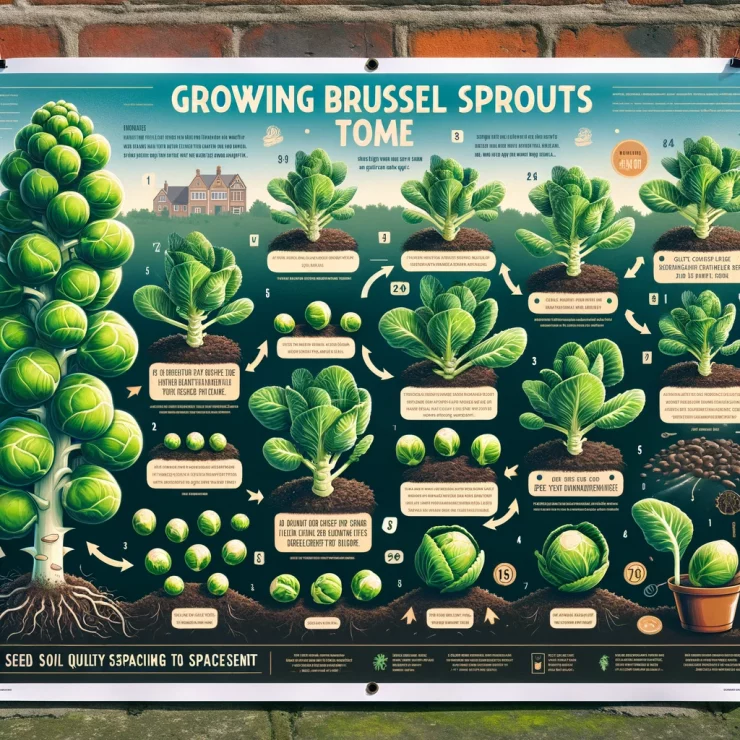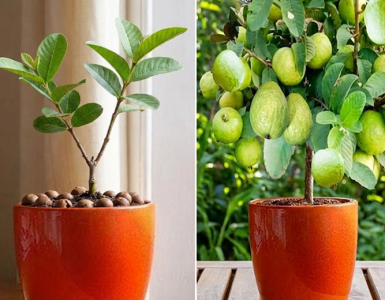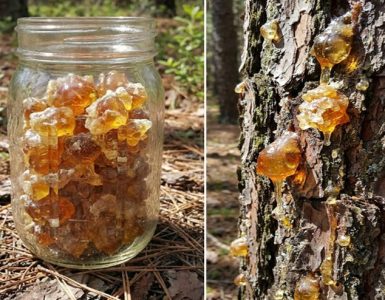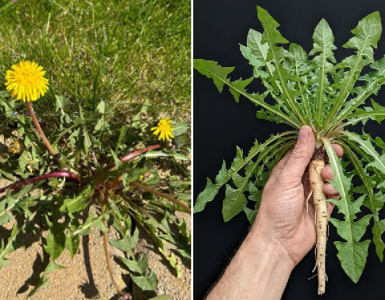Brussels sprouts, those delightful mini-cabbages packed with nutrients and flavor, are a fantastic addition to any home garden. Not only are they delicious and versatile in the kitchen, but they’re also surprisingly easy to grow, making them perfect for beginners looking to cultivate their green thumb. If you’re keen on enjoying the satisfaction of harvesting your own fresh Brussels sprouts, follow this simple guide to get started on your homegrown journey.
Choosing the Right Time and Location
Brussels sprouts thrive in cooler temperatures, so it’s best to plant them in late summer to early fall, about 12-14 weeks before the first expected frost. They prefer full sun but can tolerate partial shade. Ensure your chosen spot has well-drained soil rich in organic matter.
Preparing the Soil
Before planting, prepare the soil by loosening it to a depth of at least 12 inches. Work in plenty of compost or well-rotted manure to improve drainage and provide essential nutrients. Brussels sprouts are heavy feeders, so soil enrichment is crucial for their growth.
Planting Brussels Sprouts
Start with healthy seedlings obtained from a reputable nursery or start your own from seeds indoors about 6-8 weeks before your intended outdoor planting date. Transplant them into the garden when they’re about 4-6 weeks old, spacing them about 18-24 inches apart in rows spaced 24-36 inches apart.
Ensure the seedlings are planted at the same depth they were growing in their pots and water them well after transplanting to help them settle into their new home.
Watering and Maintenance
Keep the soil consistently moist throughout the growing season, aiming for about 1-1.5 inches of water per week. Mulching around the plants can help retain soil moisture and suppress weeds.
Regularly inspect your Brussels sprouts for pests like aphids, cabbage worms, and caterpillars. Handpick any pests you see and consider using organic pest control methods if the infestation becomes severe.
Supporting Growth
As your Brussels sprouts grow, they may need support to prevent them from toppling over in strong winds or heavy rain. You can provide support by staking or using a sturdy trellis system to keep the plants upright.
Harvesting Brussels Sprouts
Brussels sprouts typically mature in 90-100 days after transplanting. Harvest the sprouts when they’re firm, about 1-2 inches in diameter, and have a vibrant green color. Start picking from the bottom of the stalk, working your way up as the lower sprouts are harvested.
Enjoying Your Homegrown Bounty
Once harvested, Brussels sprouts can be stored in the refrigerator for up to a week. They’re delicious when roasted, sautéed, steamed, or even eaten raw in salads. Experiment with different cooking methods and flavor combinations to discover your favorite way to enjoy them.
Growing Brussels sprouts at home is a rewarding experience that doesn’t require expert gardening skills. With the right timing, location, and care, even beginners can enjoy a bountiful harvest of these nutritious vegetables. So roll up your sleeves, get your hands dirty, and embark on the journey of growing your own Brussels sprouts right in your backyard!






Add comment